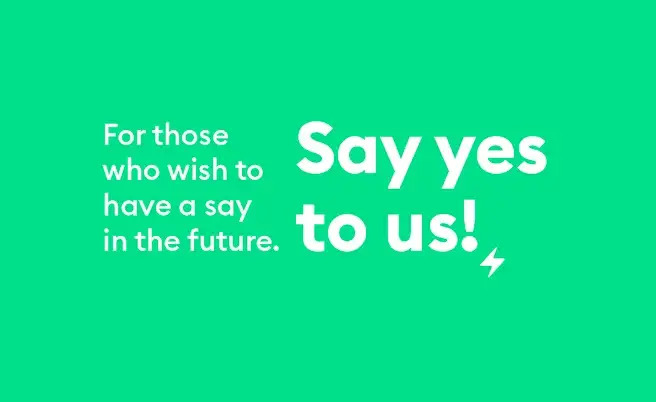When introducing changes to various HR procedures, it is very important to collect and analyse data.
This article will not be a repetition of the basics you already know. This is rather a best practice perceived by our employees very positively!
Starting from the beginning: where we are now and where we want to be?
Our plans to improve the onboarding process should not be based on our premonition or preferences. In particular, while working in the HR department, we perceive certain aspects related to the functioning of the company in a completely different way than our colleagues from other departments, and even more so the new employees coming to the company. And there is nothing wrong with that! In a wider perspective, our current employees can support us — our colleagues who have just finished their trial period can really tell you a lot. Some still remember their first day in your organisation and aspects related to what they liked or did not like. Can you find out who they had the opportunity to meet with, what influenced their well-being? If they had to introduce the company to a new person, what would they like to implement? If they had to go through the onboarding process once again, who would they like to meet, whom to talk to? What else to know about? What do they still not know about certain points, even though they work in the company for some time?
Having data already, draw the appropriate conclusions.
- Your workers wanted to meet their team on the first day of work? For the future, organise the „first lunch”. This is because just sitting in one place with new colleagues day-to-day will not necessarily cause the opportunity to get to know each other better. If the team members don’t get a heads-up to welcome a new person, it may be that they have scheduled meetings for the whole day and will not have time for their new colleague. This can be really unpleasant for a person that just a day before was very happy to join the company and meet new people.
- They did not quite remember whom and what they should report to? Prepare the right tools and visualise the structure of the company. Mark people on the map with whom they will cooperate on a daily basis, as well as their most important tasks and skills. A new employee with the knowledge of the team will be able to work faster in the first months of their work.
- They wanted to find out what other departments do and how they affect their daily work? Prepare an information leaflet and invite managers to the first onboarding meeting. They could briefly present their department and projects. Thus, new employees will quickly remember the key people in the company and also understand their role in the whole organisation.
- Before the first day in their new job, your employees experienced stress? Some people can also feel that way. Invite them to the office in a nice way, let them feel excited about this change!
Which conclusions have we drawn and how have we improved the onboarding process?
- We have created a comprehensive Welcome Book containing:
- the company’s history and the whole background of the business,
- structure of the company along with pictures of employees,
- introduction to the culture of our company: values, procedures, constant routines and benefits,
- basic information for foreigners who came to our country to work in our office (we’re based in Warsaw, Poland).
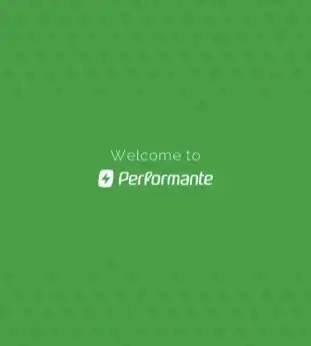
- We have carefully defined the tasks for everybody engaged in the onboarding process, thanks to which each person is well-prepared for his/her role.
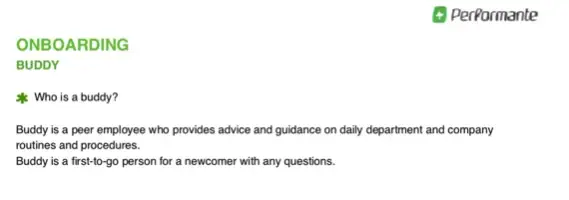
- We have given the onboarding process a logical sequence and checklist:
- formal and administrative preparation before the first day of onboarding: creating e-mail accounts, preparing all documents and equipment, installing the most important programs, preparing a nice Welcome Box with company gadgets:
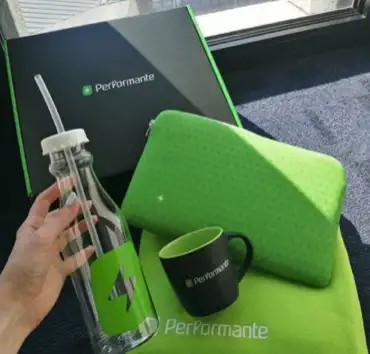
- sending a colourful online invitation for the first day of the onboarding process,
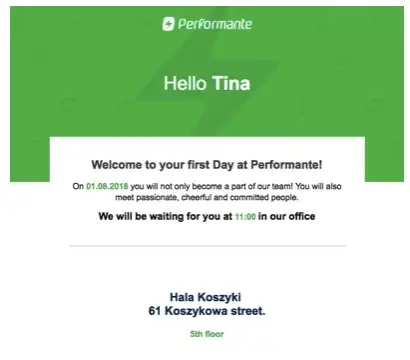
- booking the calendar with all the most important collaborators for the new person, in particular the manager and the buddy. Thanks to this, they will definitely have time for the new co-worker,
- we have implemented “the first lunch” with a recruiter and the buddy. You need to get to know each other and relax on such an intense day!
- orientation meeting — introduction by the HR department, showing all internal systems, presenting the Welcome Book, our office and other teams (we are not a big organisation and we can afford it), introduction to the company’s culture and daily operating rules,
- additionally, on the first day of the onboarding, we introduce a new employee to the whole team through our intranet. We publish a short note “about me” prepared by the new colleague, thanks to which our employees have topics for conversations right from the beginning :)
-
For permanent activities directed to internal communication in the company, we have introduced the so-called „Second Fridays of the month”, when apart from meeting in the office kitchen and discussing the results of our activities in the last month, both new and current employees have a chance to integrate during the informal part of this event.
-
We have continued to collect data. By onboarding a few people on the same day, after a month we could conduct anonymous surveys that allow us to match the onboarding process to new employees, as well as make adjustments where necessary. Here are some authentic suggestions and comments from our employees:
“As the Second Friday of the month took place 2 days after our onboarding, we had the chance to talk with colleagues from other departments. If it were not for that, it would take me a lot more time to get to know all people. “
“I really appreciate the small things like pizza for lunch, eating together, Friday breakfast. These are the things that are very supportive. “
“I think it would be useful to meet people from other departments and understand their tasks, work and projects.”
Onboarding is not just the first day at work. For each person it will end sooner or later, however, the new employee’s integration into the company’s culture and his own responsibilities is a process, not a single action. Therefore, it is very important to plan it beforehand. We would not like a new employee to be lost in our company, get bored due to a lack of tasks or to have no opportunity to get to know the team members and projects that they are currently running. It is worth noting that a properly conducted onboarding process is an advantage not only for the employee, but also for the company. The first weeks of work determine whether the new employee will succeed in the organisation and have a significant impact on its effectiveness. Efficient onboarding means quick implementation, greater employee experience and better results achieved much faster than without onboarding — this translates into measurable effects for the employer. It is therefore an investment (the whole process requires time and energy from many units), which returns very quickly mainly by reducing the turnover and increasing the employee’s efficiency, and additionally increases the employee’s satisfaction and influences the opinions about the company expressed by the employees outside of work.
It is worth monitoring the impressions of new colleagues — they have a fresh perspective on the organisation, they are a great source of new solutions and they will certainly be grateful for making their opinion count from the very beginning!



